Moroccan Photographers Shine at Tasweer Photo Festival Qatar 2025
2025/04/24
Years of Culture
false
2025/04/24
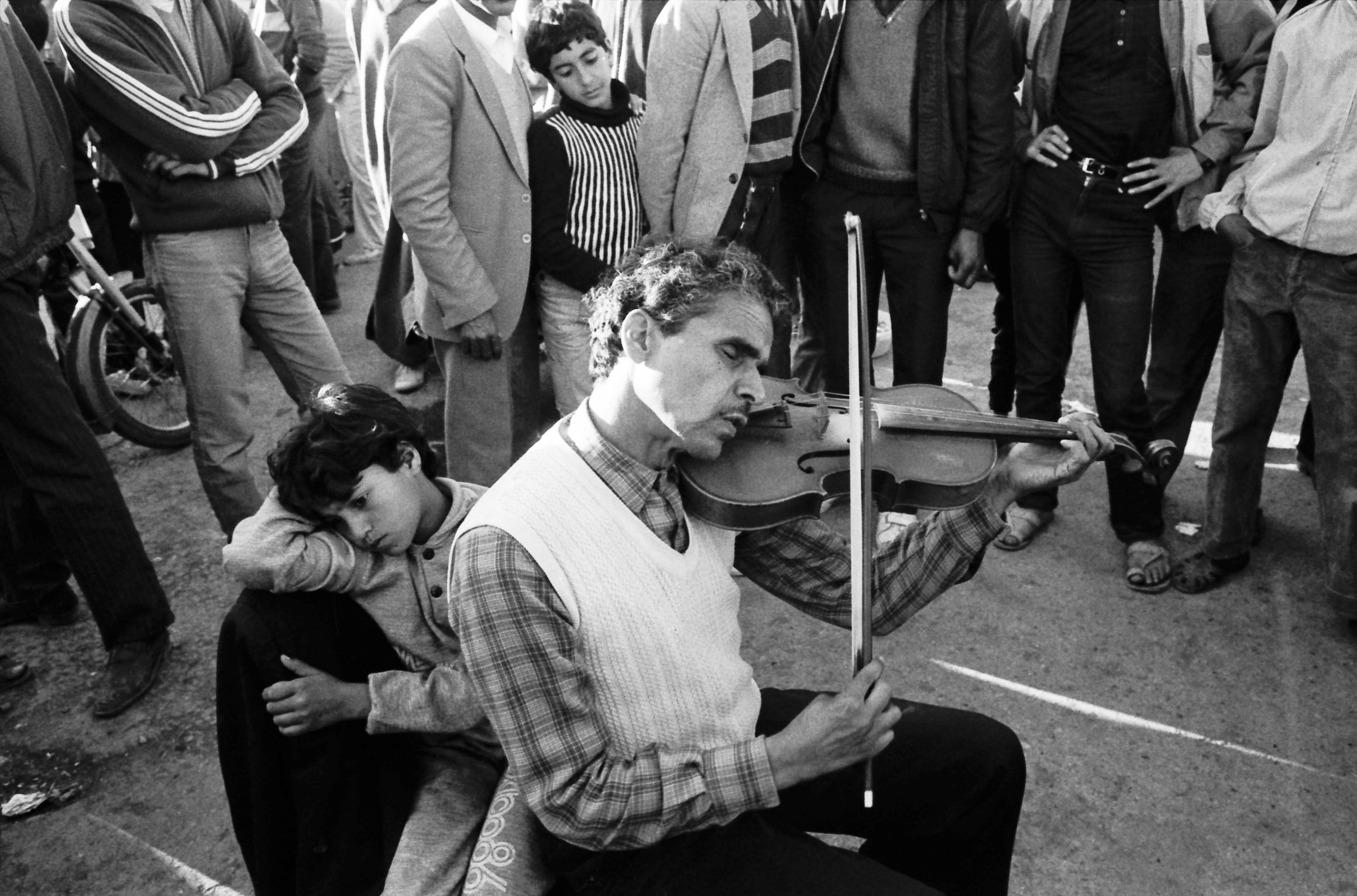
This year’s festival centres around themes of belonging and identity, with a special focus on Moroccan photographers whose works resonate deeply with the festival's vision. One of the key exhibitions, As I Lay Between Two Seas, curated by Meriem Berrada, explores these themes through the eyes of multiple generations of Arab artists.
Another significant highlight of Tasweer Photo Festival is the solo exhibition of Moroccan photographer and filmmaker Daoud Aoulad-Syad, offering an intimate glimpse into his decades-long journey of documenting Moroccan culture.
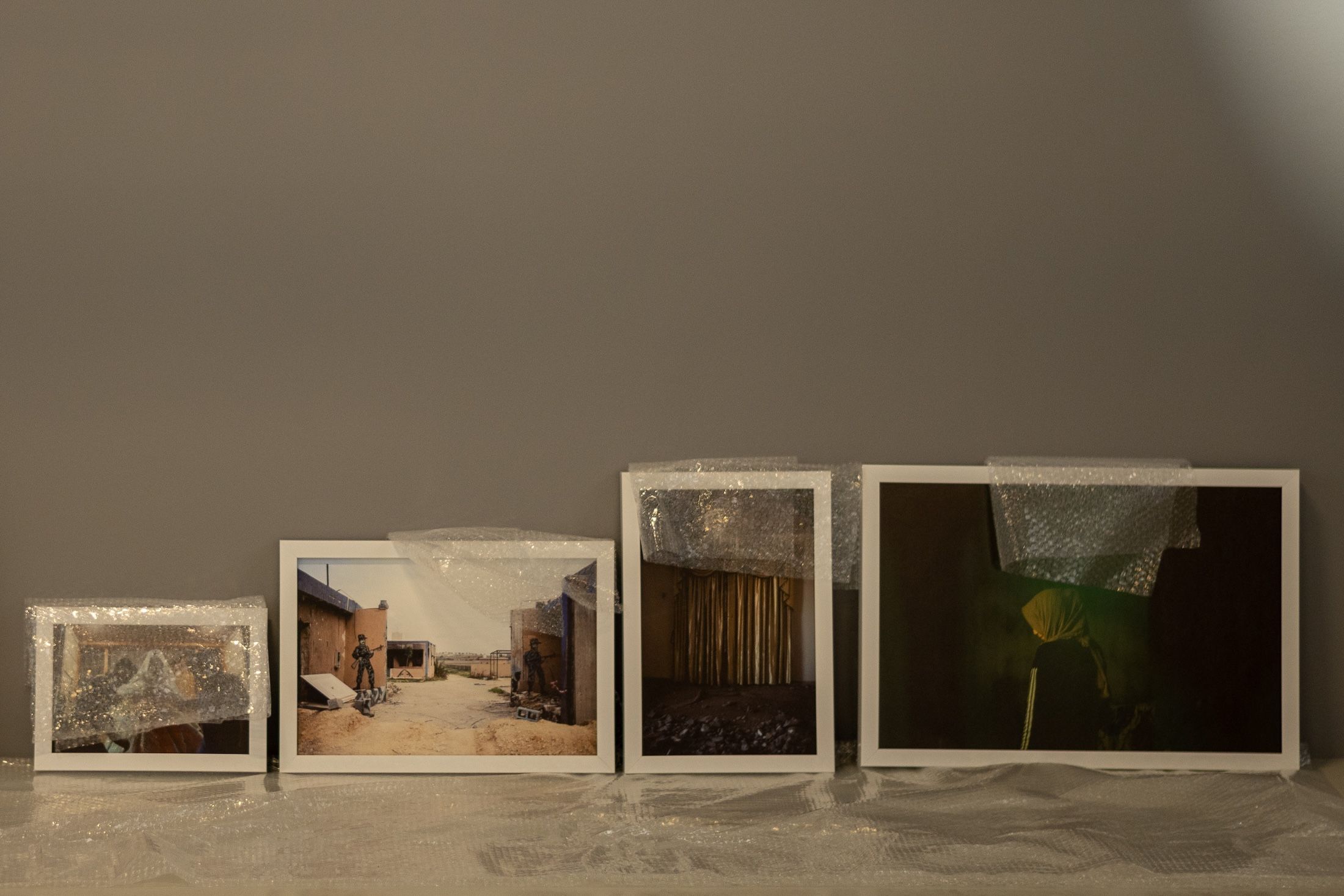
Reflecting on Tasweer’s broader mission, artistic director Meriem Berrada explained that the festival “was conceived not only as a festival, but as an evolving platform for photography from the WANA region - one that supports artists at various stages of their practice while nurturing a sustained local engagement with the medium.” She continued, “Our Education & Outreach team does remarkable work year-round, building this foundation through portfolio reviews, public talks, and vocational training programmes such as Frame & Focus, developed in collaboration with the VII Foundation.”
Looking ahead, Meriem Berrada shared her hopes for how Tasweer can shape the future of photography in the region: “I believe it is essential that we strengthen, professionalise, and structure our own platforms, so that our voices and visions can emerge from within - rather than be filtered through external frameworks. I’m proud that our team successfully took on the challenge of producing the majority of the prints in Doha. This reflects our belief that the future of photography also depends on strengthening the entire value chain - from creation to production. We’re working closely with our colleagues at Qatar Museums and Creative Hub to build this local capacity and ensure artists are supported not just through visibility, but with the tools, time, and resources they need to create meaningfully.”
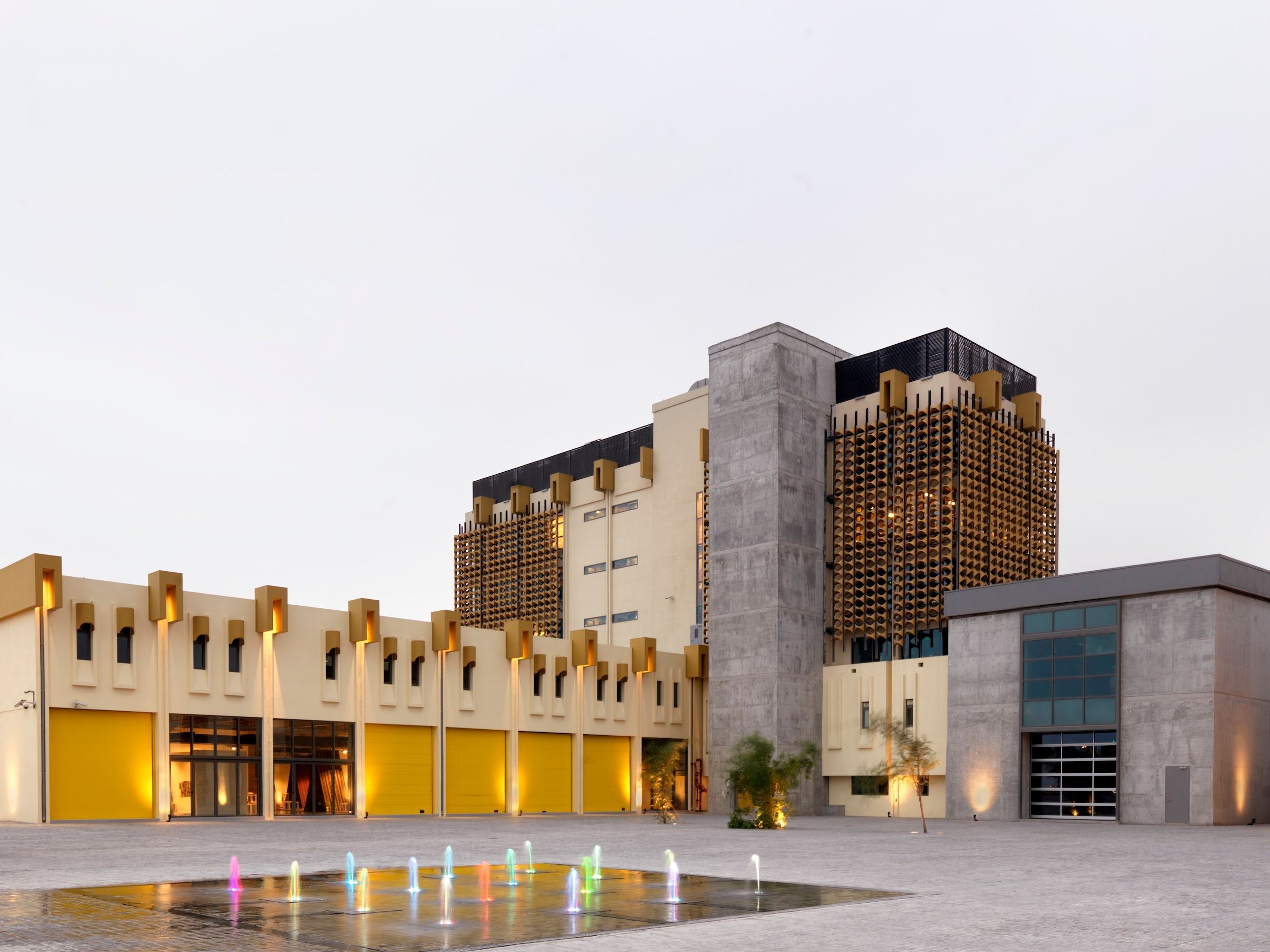
One of the central exhibitions at Fire Station, As I Lay Between Two Seas features a collection of works from artists exploring themes of migration, memory, and self-perception. Moroccan photographers featured in this exhibition include Hicham Gardaf, Mous Lamrabat, Yassine Alaoui Ismaili, and Mustapha Azeroual. Their thought-provoking works delve into the complexities of identity and the shifting landscapes of cultural heritage.
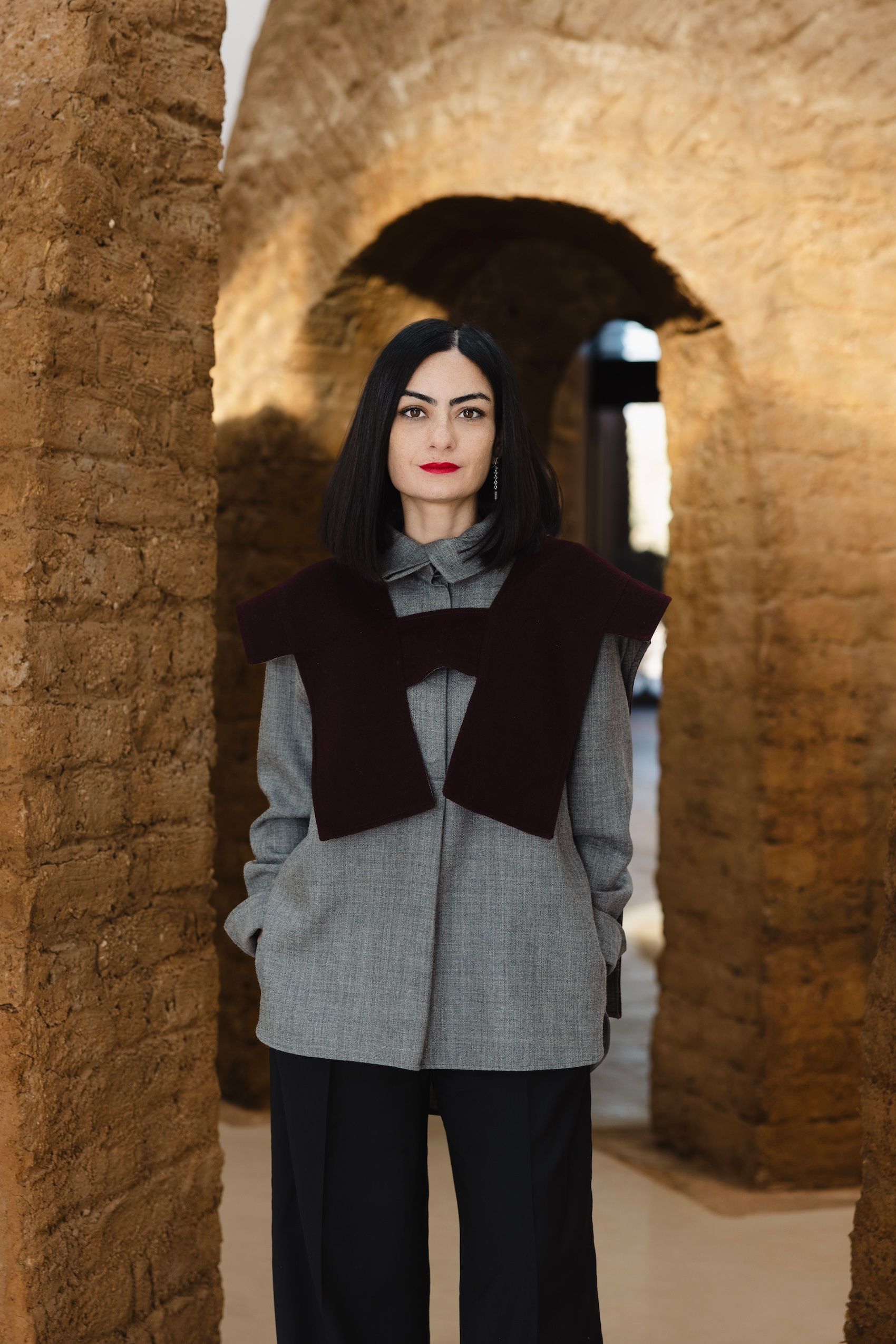
As the Artistic Director of Tasweer Photo Festival, Meriem Berrada brings a wealth of experience in curating exhibitions that explore contemporary narratives from the Global South. Having played a pivotal role in shaping institutions like MACAAL (Museum of African Contemporary Art Al Maaden) in Marrakech, Berrada’s curatorial approach is deeply informed by a commitment to amplifying diverse voices. Under her guidance, As I Lay Between Two Seas weaves together multiple perspectives, offering a profound meditation on what it means to belong.
“The exhibition is rooted in the notion of belonging as a dynamic and constantly evolving experience - one that resists simplification or fixity,” Berrada explained. “The curatorial approach embraces complexity through a non-linear narrative, allowing multiple temporalities and perspectives to coexist.”

Guided by the metaphor of the sea - “fluid, shifting, and perpetually in motion, much like identity itself” - the exhibition is also shaped by the writings of seminal poets from the region, whose writings on exile have shaped its conceptual framework. “The selection brings together poetic, geopolitical, and intimate reflections - voiced through a wide range of photographic approaches, from documentary to conceptual and abstract practices,” she said. “These works resonate across borders, generations, and diasporas. Rather than seeking to unify these voices, the exhibition embraces their singularities, allowing them to coexist within an open and resonant constellation.”
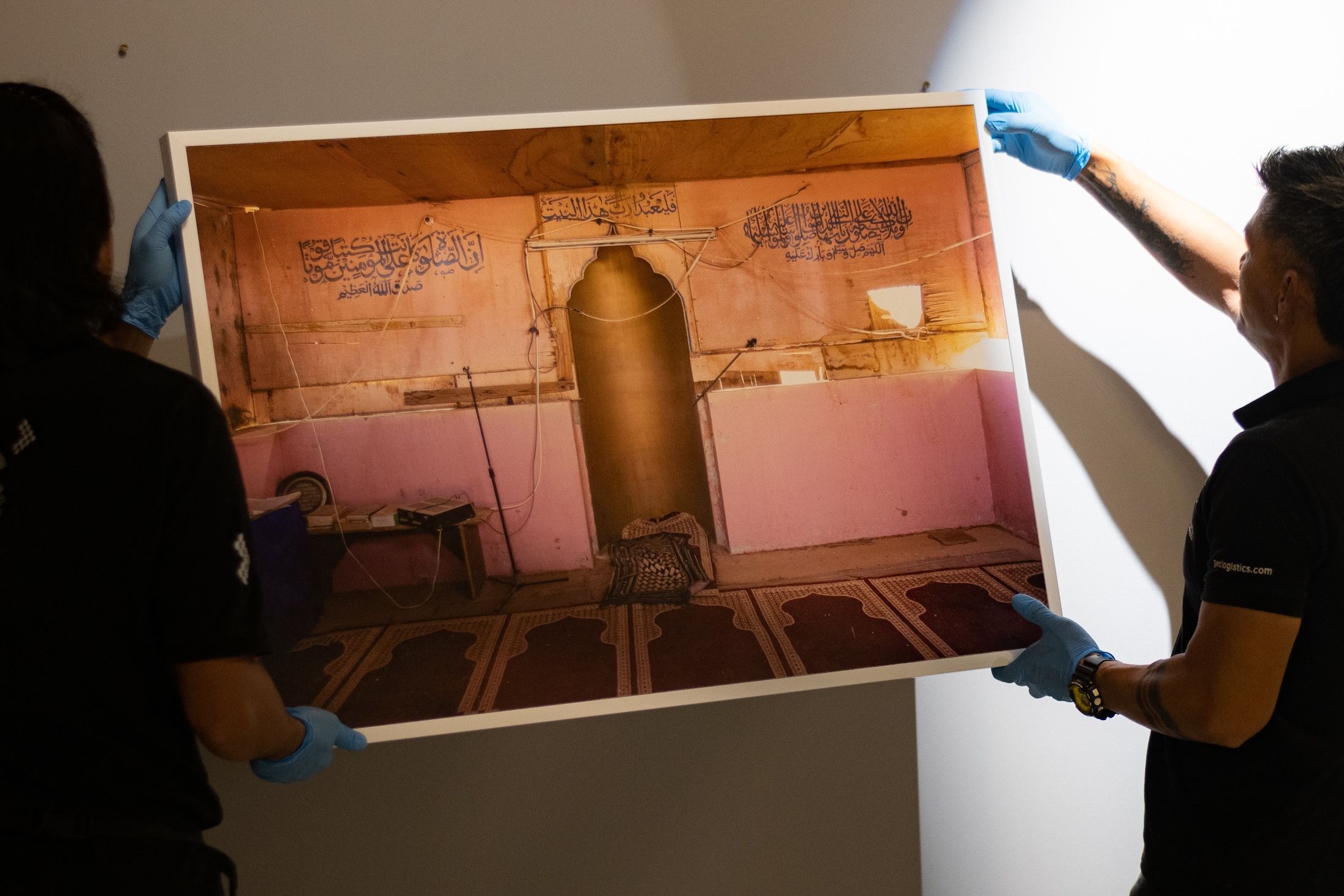
When asked about the prominence of Moroccan artists in this edition, Berrada clarified that the selection wasn’t led by national representation but rather artistic depth. “The selection was guided by the desire to highlight the quality and diversity of practices and mediums developed by photographers from across the region,” she noted.
“That said, Moroccan photographers are strongly present in this edition - reflecting the vitality of one of the region’s most prolific scenes. Alongside Egypt, Morocco generated the highest number of applications for our Tasweer Project Awards, pointing to a dense and active photographic community. One of the defining traits of this scene is its tendency to favour conceptual and performative modes over documentary photography.”
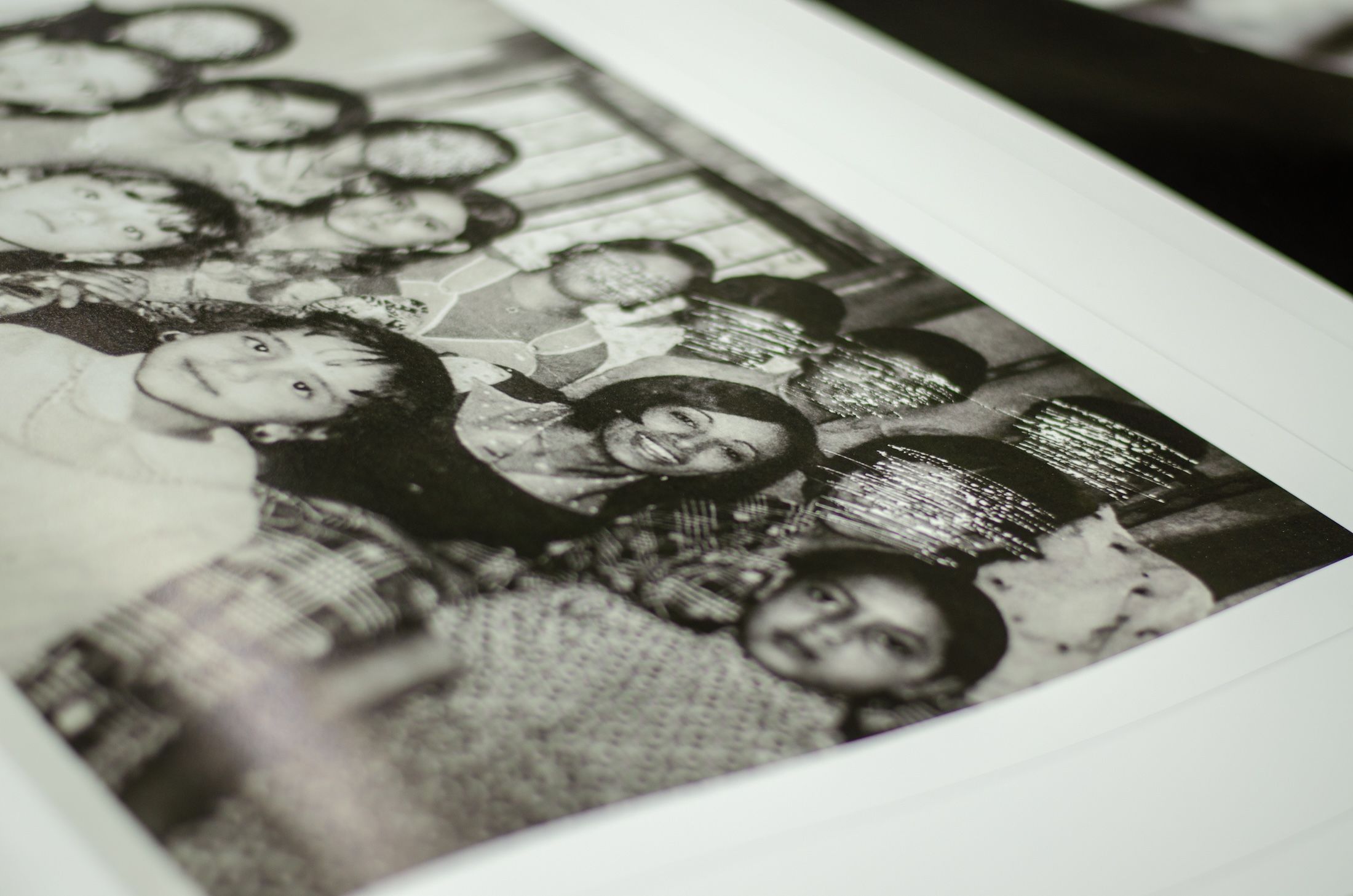
The Mathaf: Arab Museum of Modern Art will host a retrospective exhibition of Moroccan photographer and filmmaker Daoud Aoulad-Syad, tracing over three decades of his work. Aoulad-Syad’s career is deeply rooted in capturing Moroccan culture, particularly its lesser-known landscapes, rural communities, and everyday life.
Born in Marrakech, Morocco, Daoud Aoulad-Syad initially pursued a degree and doctorate in physical sciences in France. However, his true calling emerged when he encountered an exhibition by Henri Cartier-Bresson, inspiring him to shift his focus entirely towards photography.
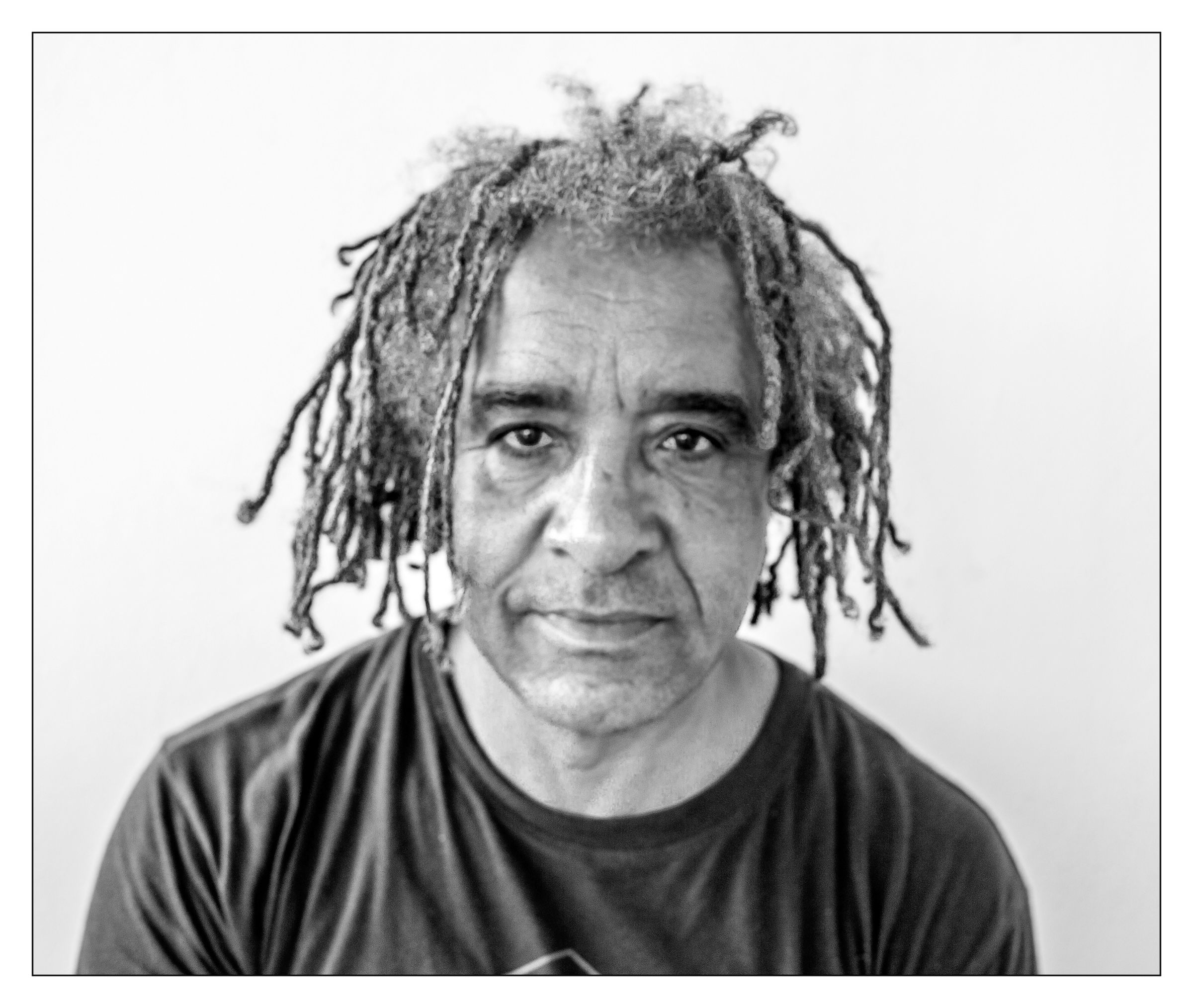
“During my scientific studies in Nancy, France, I got into the habit of visiting art galleries every Thursday with friends. For us students, it was an opportunity to eat, drink, and meet different people,” the artist described. “But one exhibition really left me speechless. I was truly drawn to these black and white photographs, so simple that they immediately moved me. I found in these photos the life of my neighbourhood, my family, and everyone around me.”
"I experienced these scenes of daily life at home in Morocco, but I didn't see them or attach any importance to them, it was Henri Cartier Bresson’s images. At that moment, I told myself that these images, which convey a sense of humanity, were more powerful than the scientific work I was doing. The next morning, I went to a store and bought my first camera, a Zenit. From then on, I began to learn how to photograph.”

This passion led him back to Morocco, where he dedicated his career to documenting the country’s rich visual and cultural heritage. He went on to share, "About ten years later, at an exhibition at the Arab World Institute in Paris, to mark the Year of Morocco in France in which my pictures were featuring, I was pleasantly surprised by the presence of Henri Cartier-Bresson. What a joy and an honour for me!”
When asked what stories he feels are still waiting to be told through his lens, the artist reflected, “I am a humanist photographer, drawn to everyday scenes in both the countryside and the city. The untold stories will probably be of daily life in Morocco. The country is so big and so different from one region to another. It is important for me to capture this heritage which will probably disappear very quickly because of modernisation.”
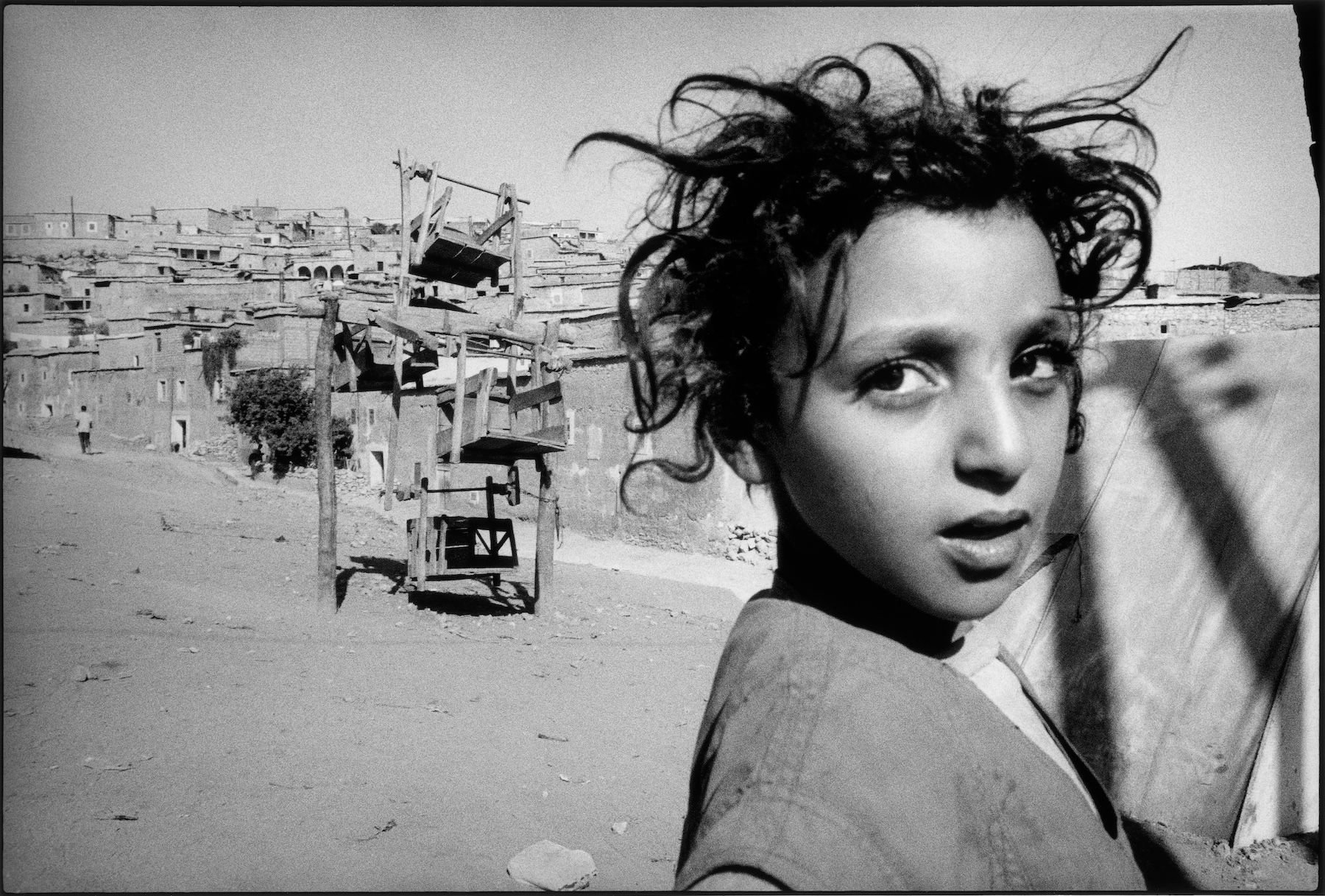
Describing his feelings around seeing his upcoming retrospective come together, the artist explained, “It's always a very important moment for a photographer to see their work brought together in a prestigious venue like The Mathaf Museum and on the occasion of the Tasweer photo festival. For me, it's a moment to share this work with visitors and the younger generation of photographers… I'd like visitors to take away some emotions from this work. I'd also like to suggest things they're used to seeing without actually seeing them.”

His advice for emerging Moroccan photographers looking to make an impact in the global art scene? “My only advice is: be passionate and work hard!”
The Qatar-Morocco 2024 Year of Culture set the foundation for stronger artistic ties between the two nations, and Tasweer Photo Festival 2025 continues this legacy by amplifying Moroccan visual storytelling on an international stage.
Reflecting on this momentum, Meriem Berrada noted, “The Year of Culture opened a space for meaningful dialogue between artistic communities in Qatar and Morocco. Tasweer builds on this by facilitating encounters that are not just celebratory but generative.” She emphasised the importance of fostering regional collaboration, from exhibition itinerancy to artist residencies, adding: “I see this legacy extending through sustained co-creation and mutual learning.”
By highlighting the work of photographers like Daoud Aoulad-Syad and other Moroccan artists, the festival deepens the cultural dialogue between Qatar and Morocco, ensuring that the rich traditions and evolving narratives of Moroccan identity continue to be explored and celebrated.
“Indeed, these exchanges have highlighted the richness of artistic expression between Qatar and Morocco,” reflected Daoud Aoulad-Syad. “They play a key role in the visibility of artists from both countries and the Qatar-Morocco Year of Culture has opened doors for greater recognition of Moroccan artists.”

As Tasweer Photo Festival Qatar 2025 unfolds, it reaffirms the power of photography as a medium for cultural exchange, historical documentation, and personal storytelling - a legacy that Moroccan artists have long championed on the global stage.
Find out more about the upcoming Tasweer Photo Festival programme on their official website.